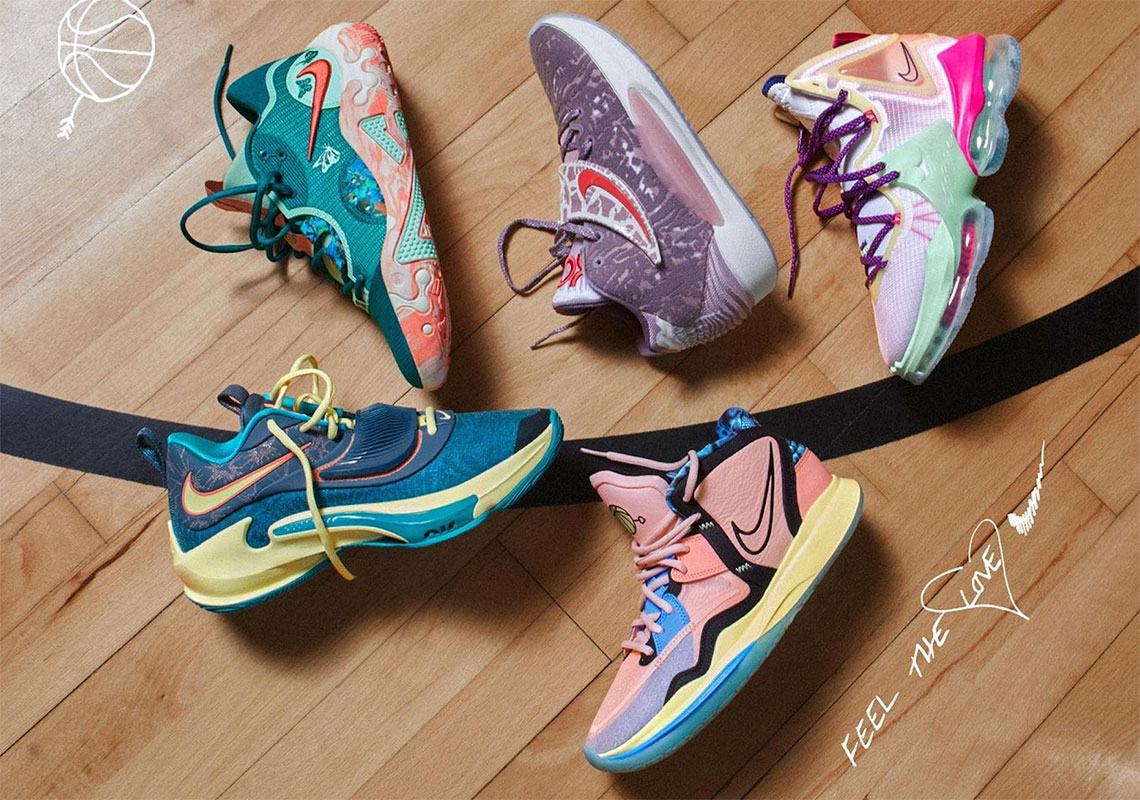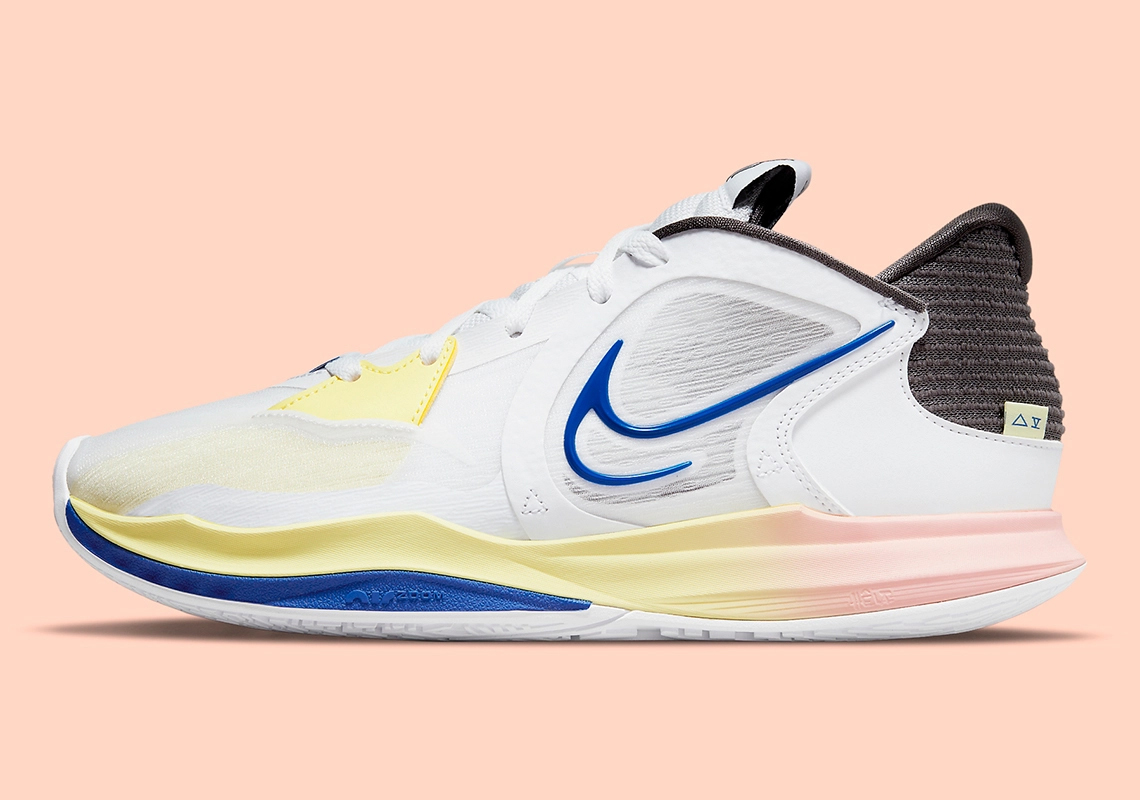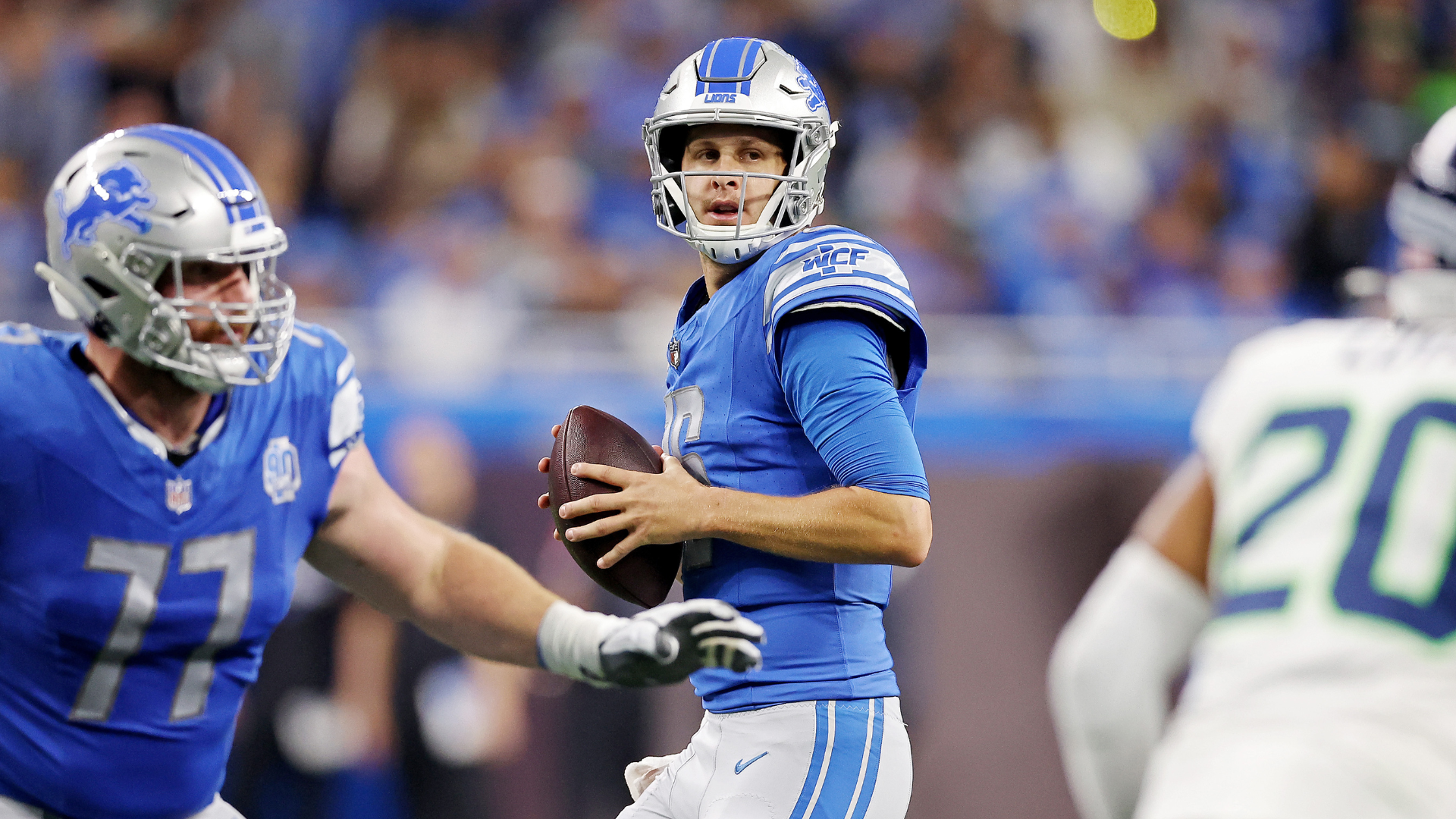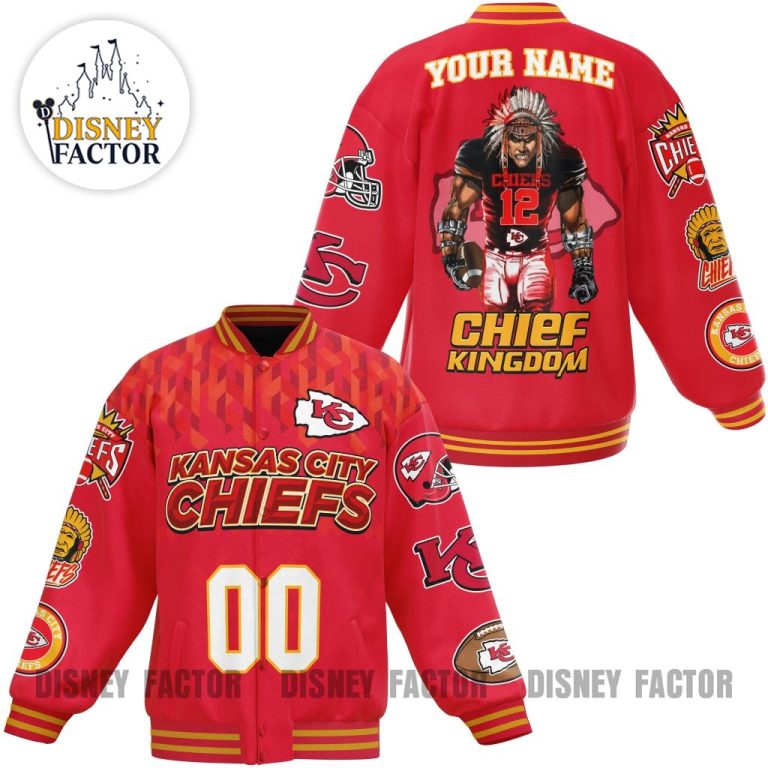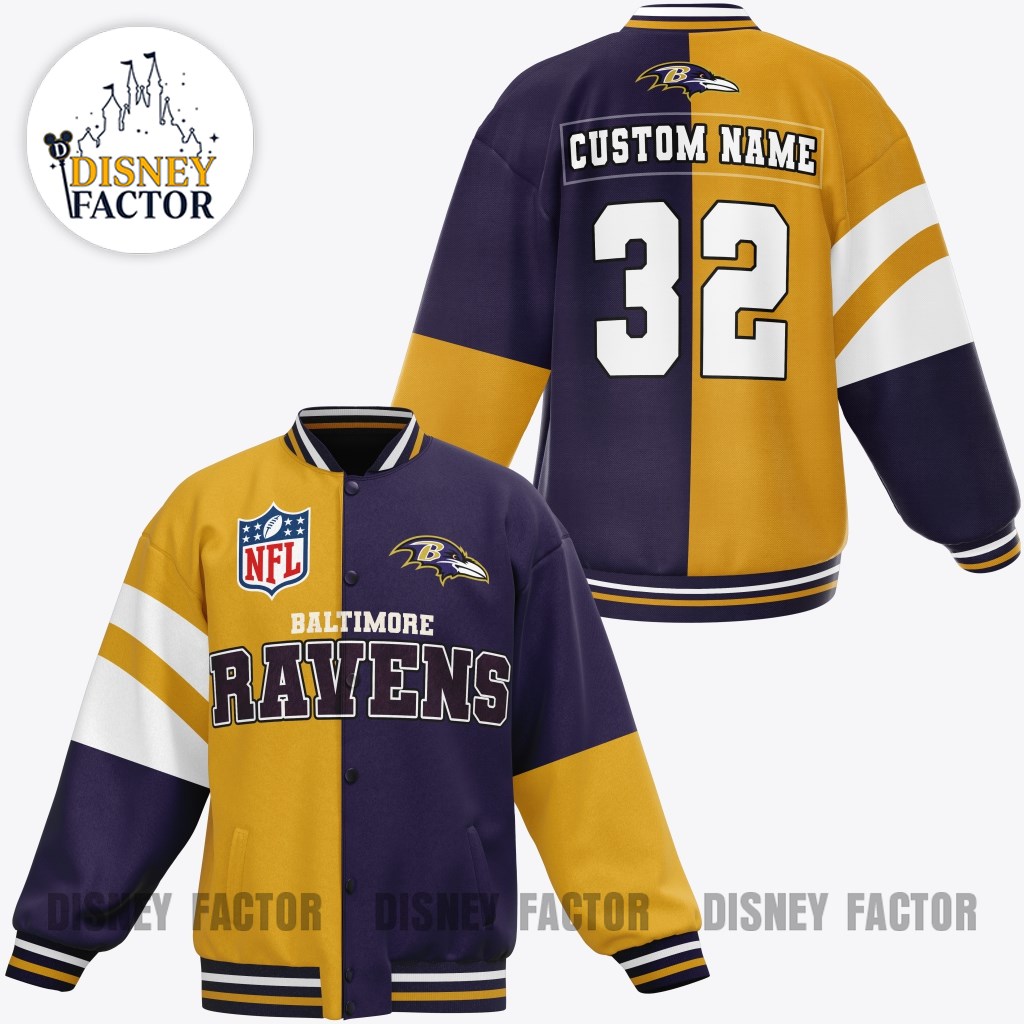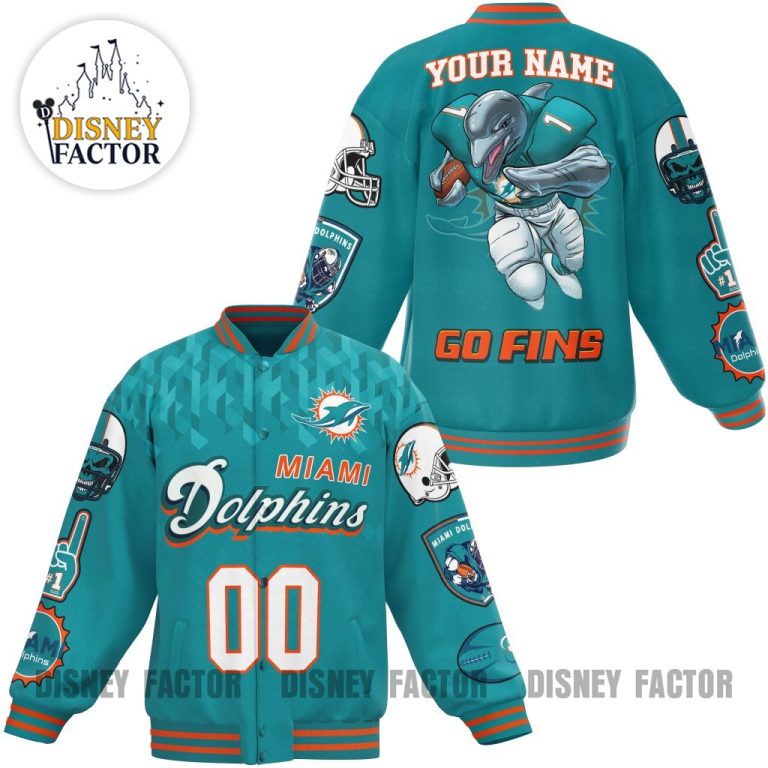Looking back at the Air Jordan 1 ‘Bred’ releases from 1985 to present
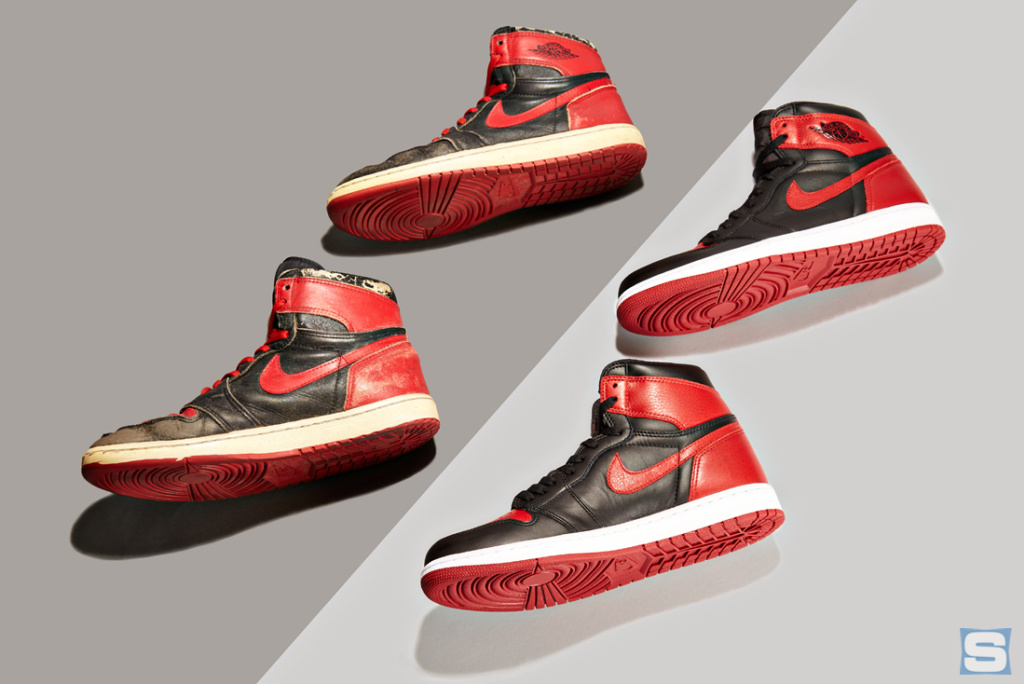
Since 1985 the name Michael Jordan and the design Air Jordan 1 ‘Bred’ have contributed to a transcontinental culture and has grown to this day.
Thank you for reading this post, don't forget to subscribe!1. Story
Nothing worth mentioning if the NBA did not prohibit the Chicago Bulls rookie from wearing pairs Nike black / red on the field. The reason was simple because they weren’t the same white color as Jordan’s kit.

Ignoring the decision from the organizers, he continued to play and conquer the 84-85 season in black / red shoes and incur a fine of up to $ 5000 per match (See more here). All of this money is ‘backed’ by Nike every time Jordan comes on the pitch. And if Nike at that time was not a ‘willing’ person, not a visionary, the Jordan Brand brand today would not have cost $ 2 billion.
2. Design
But the reason people love the Air Jordan 1 is not only because it contains an inspirational story, but is also a beautiful design. Even those who do not know sneakers have to recognize the sophistication in every angle of this shoe. In the 80’s, there was no such shoe design as the Air Jordan 1 with a slim nose, a full foot and ankle form, plus a big, trendy Nike logo.

In addition, the producers and players at that time just wore gray / white shoes that were boring and unimpressive. So the appearance of the black / red color scheme with Michael Jordan is seen as a ‘revolution’ on the ring. Although the Air Jordan 1 has hundreds of different colors, with sneakerheads, the Black / Red color scheme – (quickly called ‘Bred’) has always captured the hearts of fans.
3. Release
Since 1985, Jordan Brand has had five Bred re-releases and the 2016 edition will be their 6th return. Each release is each time that Jordan Brand changes a little in details and materials, there is no version like any version. With Eachshoes, review each issue and find out their differences compared to the Air Jordan 1 ‘Bred’ OG version launched in 1985.
1985

What not everyone knows about the first release of the Air Jordan 1 OG is that they were produced from many different factories. If you’re lucky, you can catch a pair of ‘Bred’ OG made in Korea, and the other in Taiwan. The use of multiple factories results in inaccurate colors. Although released in 1985, the red leather color differs depending on the manufacturer of the shoe. Despite its slight differences, the first release has always been the benchmark for its serial versions.
1994

The first retro version in 1994 (with the Air Jordan 2 and 3) to celebrate the 10th anniversary of Jordan Brand. But the sales now are not as they expected. Partly because the fans were disappointed with the retro version that did not go as they expected. The details are in perfect proportions with the bulky shoe form of 10 years ago but the swoosh logo was replaced with nubuck material, which made the 1994 version not as well received by sneakerheads after a return.
2001

Retro culture began to penetrate, the early 2000s and Jordan Brand were no exception. The fans started looking for the items from decades ago. Accidentally coordinating the ‘Bred’ color is also hunted quite harshly because of the rich historical value behind the shoes.
This was also the first time that the Air Jordan 1 was released with the Retro Card – reaffirming the important position of the design with Jordan Brand. At the same time, the shoe comes with a metal Jumpman logo, hooked up on the final knot (not pictured).
The 2001 version is made exactly the same as 1994 (retaining the same nubuck leather swoosh logo). The number of shoes is also very limited when only 38,345 pairs are shipped (while the number of the Air Jordan 11 ’72 -10 released at the end of 2015 was over 1 million pairs).
2009

After 8 years, the ‘Bred’ color scheme continues to ‘hit shelves’ for the third time and is part of the ‘Defining Moments Pack’. Celebrating the moment Michael Jordan dropped 63 points against the Celtics in the NBA Playoffs match in 1986.
This is also the version of ‘Bred’ that has the worst criticism. It’s not just the wrong proportions that make the shoe form ‘unlike anyone’. The leather material is too slippery, with no clear skin texture. The leather trim on all the retro and OG versions reveals a cut except for the ‘Defining Moments Pack’. They are sewn back inwards, creating a rounded line along the shoe.
The Nike Air logo on the tongue is also ‘evaporated’ instead of Jumpman and the word Air below (this reed is usually found on the Air Jordan 1 Mid). Even the heel part of the shoe also appears with a Jumpman logo that makes many sneakerheads feel quite uncomfortable. All the changes listed above make the ‘Defining Moments Pack’ the ‘Bred’ version of the most criticized.
2011

The success of ‘Defining Moments Pack’ was not as expected, so 2011 Jordan Brand created a much more special version of ‘Bred’ – it’s ‘Banned’. New material is cared more with softer and sharper skin. The shoe body details were inspired by the NBA banning Michael Jordan’s black / red shoes. Despite its seams and proportions quite close to the ‘Defining Moments Pack’, ‘Banned’ is the most sought-after Air Jordan 1 pair, having once hit the $ 3000 mark at the Flight Club store.
two thousand and thirteen

The 2013 version is loved by the sturdy and sturdy shoe form. But the biggest minus point is still materials and colors. Lubricants continue to be used even though they are much better than the 2009 version. The reason is that Jordan Brand has covered the leather surface with a layer of PU rubber (use this coating to hide the original leather. damaged) makes the red color of the 2013 version somewhat brighter than the OG version. In fact, this protective layer spoils the signature vintage look of the Air Jordan 1 ‘Bred’. At the same time, the shoes were also “ promoted ” by Kanye West quite a lot, causing the Air Jordan 1 fever to be pushed to the climax in the shoegame at that time, despite the PU paint.
2016

The gap between OG and retro has been pulled back almost in the Banned 2016 version just released, thanks in part to the meaningful program ‘Remastered’ at Jordan Brand. The program was created with the desire to bring classic Air Jordan designs back to top quality. The first thing that makes the sneakerhead most interested in the 2016 version is the material. Like ‘Shattered Backboard’ that came out in 2015, this year’s ‘Banned’ version uses aniline skin type. This is a natural leather substance that is specially dyed and processed so that its softness, surface and texture remain intact.
In addition, the dyeing method of aniline skin also brings natural and deep colors. Just comparing with the 2013 version, we can see the obvious difference in the red color on the 2 versions. Perhaps Jordan Brand has learned a lesson from material handling after the 2013 failure. In short, the Air Jordan 1 ‘Banned’ (Bred 2016) version is considered by many sneakerheads to be the best retro version. to the present time by the careful investment and dedication of the brand.
Source: Complex
Comment
Source: Looking back at the Air Jordan 1 ‘Bred’ releases from 1985 to present
– Eachshoes.com

